5 Fascinating Easter Rising Museums in Dublin
During Easter Week in April 1916, an uprising rocked Dublin city. An armed insurgency by Irish republicans took over several parts of the city with the aim to end British rule in Ireland. After a week of fighting in the streets of Dublin, the Rising ultimately failed but sparked a movement that would lead to Irish independence several years later.
To understand the dramatic events so fundamental to Irish history and put colours back into century old events that shook Dublin to the core, I visited the very places where History was made. From eye-opening exhibitions to heart-rending army barracks, from grim prison to leafy cemetery, I retraced the footsteps of those who put their mark on Irish History.
These are the Easter Rising museums you need to visit to learn about the events of 1916 in Dublin.
– Patrick Pearse
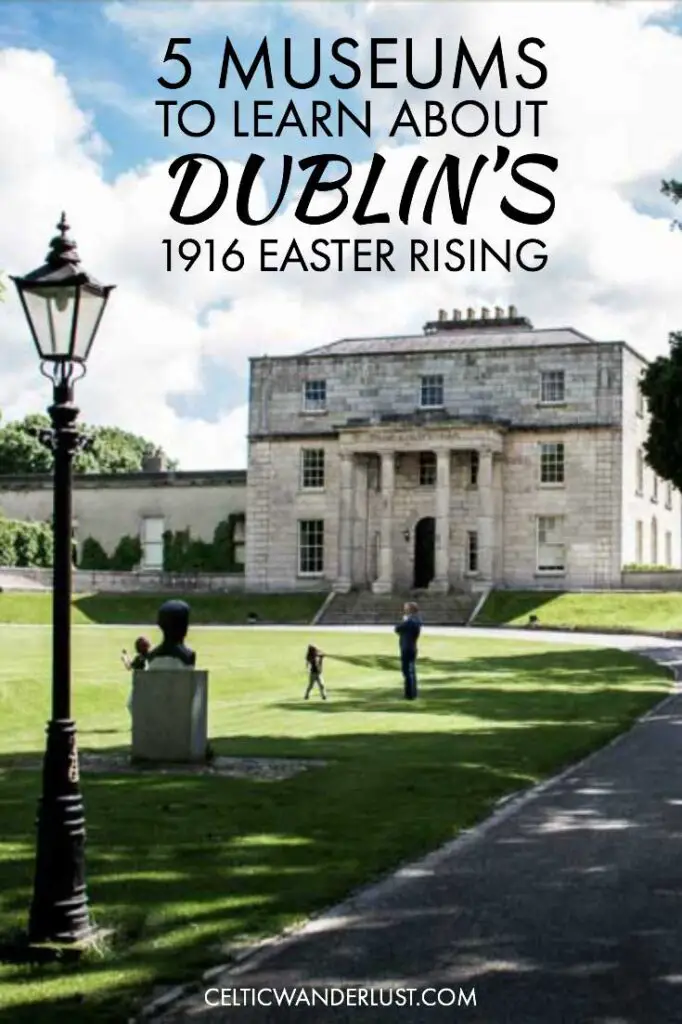
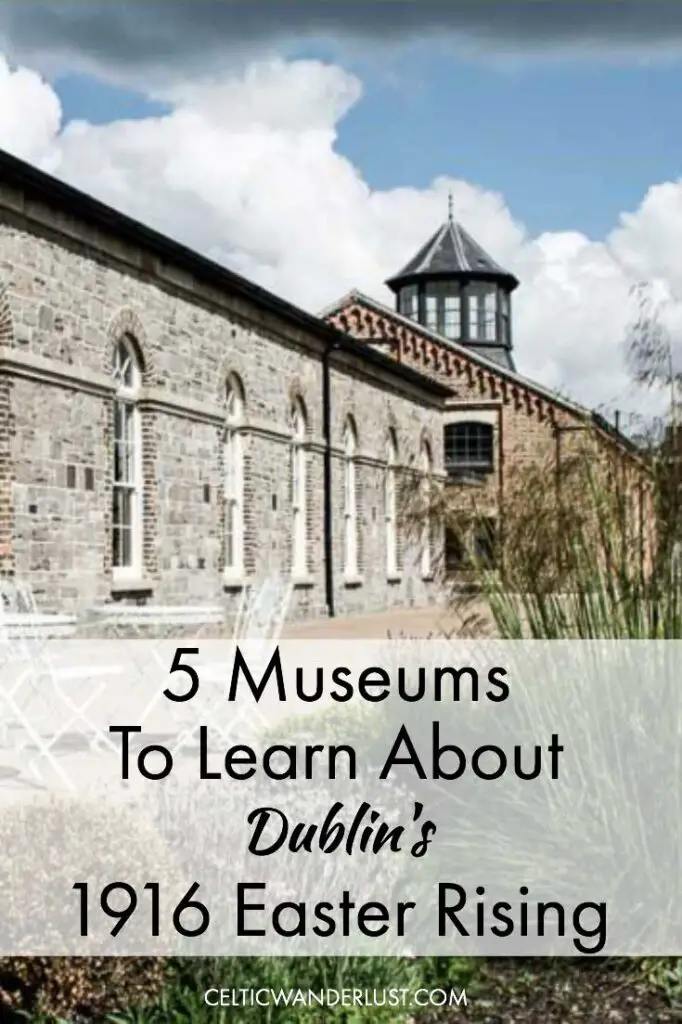
The Pearse Museum, Home of a Rebel
On a sunny afternoon, I took the bus for a ride through Dublin’s southern suburbs. 40 minutes on and I hit the stop button. The bus driver slowed down abruptly, surprised to let someone off at this deserted corner of Dublin at such a quiet hour of the day.
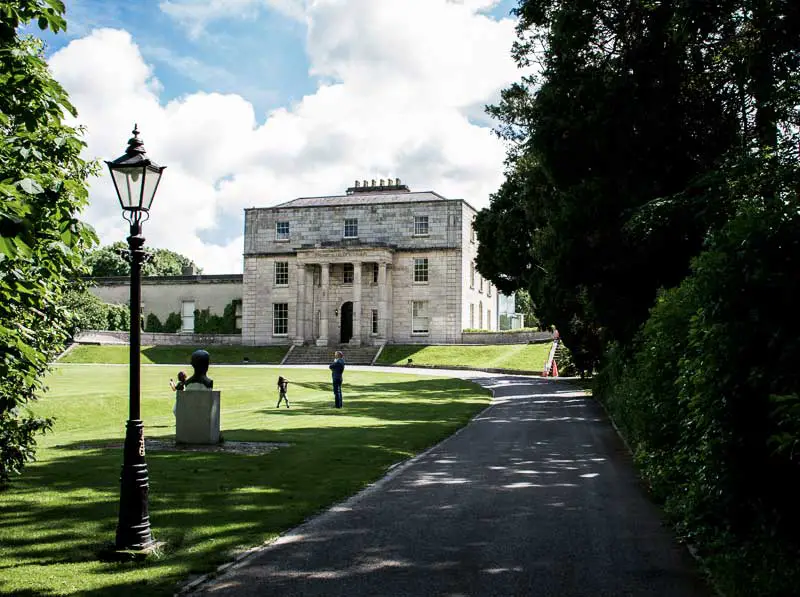
Tucked away in St Enda’s Park in a leafy South Dublin suburb, a proud, rectangular manor house suddenly appeared at the end of the path. The Hermitage housed the Pearse Museum, a museum dedicated to Patrick Pearse, leader of the 1916 Rising and author of the Proclamation of the Irish Republic.
The Hermitage was Patrick Pearse’s home at the time of the Rising. He lived there with his mother and siblings. The building also housed a school Patrick Pearse founded and ran with the help of his family.
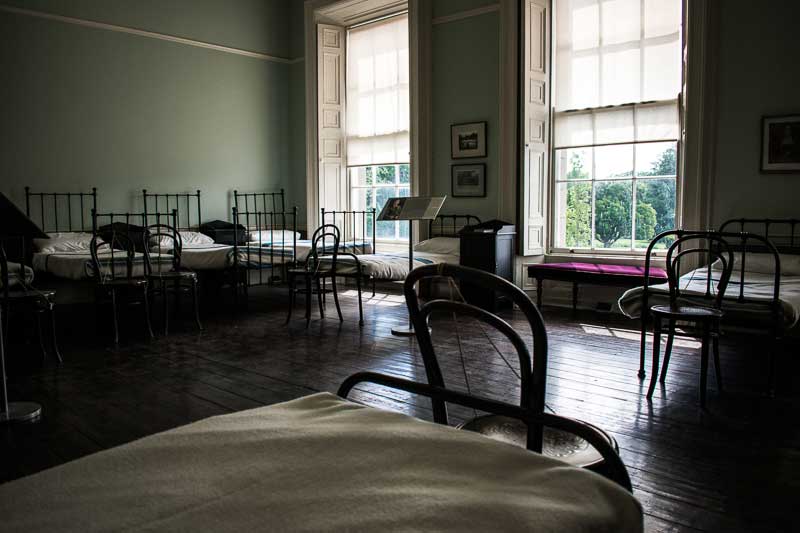
In the basement of the house I came across a well-thought exhibition about Patrick Pearse’s involvement in the Easter Rising, his execution and the symbol he became. The exhibition also told visitors about his work as a teacher, a writer and Irish language campaigner.
On the ground floor, I wandered around historic rooms. The school dormitory was lined with metallic beds, while black and white photographs of students hung on the walls. Looking at the faded pictures, I wondered what it must have been like to grow up in this house. The manor also had an impressive study hall for lectures and its own chapel.
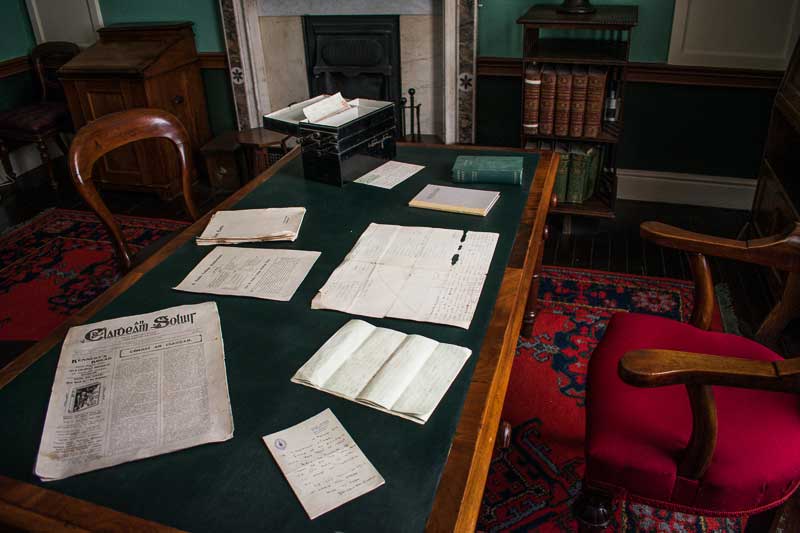
I lingered for a while in Patrick Pearse’s study, imagining the great man at work before launching the Easter Rising. He and his brother William were never to return to these rooms, to their beloved family and students.
You might also be interested in:
– Beyond the Cityscape | The Best Seaside Towns Near Dublin
– The Best Irish Craft Shops in Dublin for Unique Souvenirs & Gifts
– First Time in Dublin | Top 10 Things to See
– Visit the Oldest Libraries in Dublin
The GPO, Headquarters of the 1916 Irish Rebellion
With a Greek-inspired portico with massive columns protecting its entrance, the General Post Office watched over O’Connell Street. Standing on the pavement, The GPO (as locally known) looked more like a museum to me than a place to buy stamps.
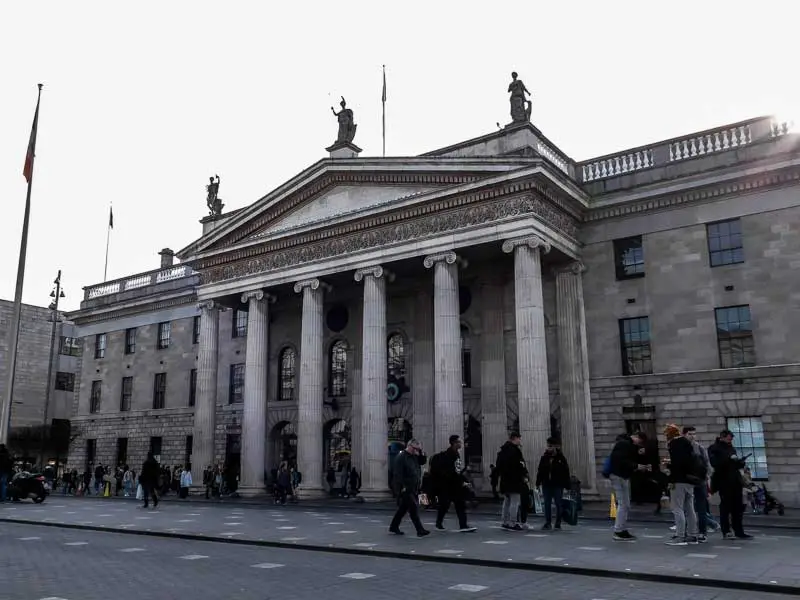
On April 24th of 1916, the GPO was taken over by the Rebels of the Easter Rising, becoming a target for the British army. After a week of intense firing, only an empty shell remained standing. The Rebels escaped the building to finally surrender, cornered in the streets nearby.
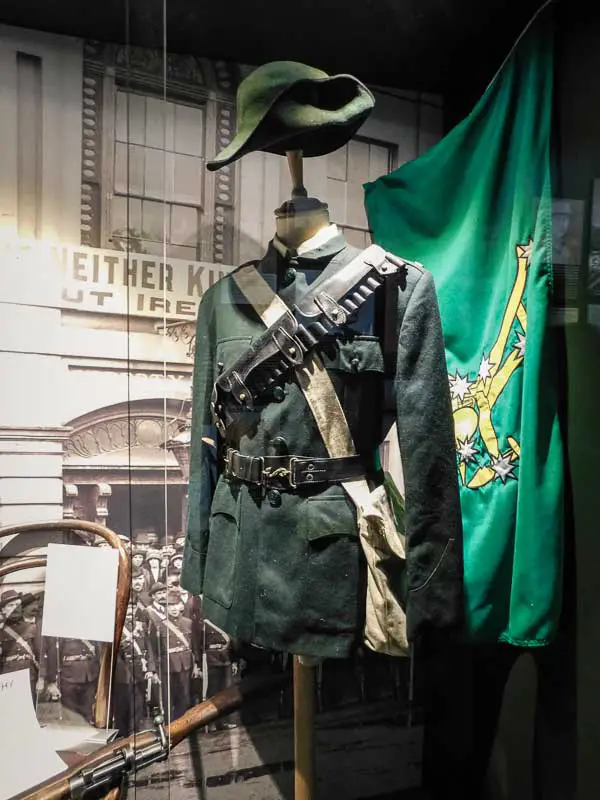
A symbol of Irish resistance, the GPO was rebuilt in the late 1920s to resume its postal service. In March 2016 a permanent exhibition opened in its walls as part of the 1916 Easter Rising celebrations, a self-guided tour explaining the key role of the GPO during what many call a turning point in Irish history.
The Easter Rising museum ‘GPO Witness History’ took me through a series of interactive displays providing visitors with core information regarding the dramatic events which unfolded between April 24th and April 29th 1916 in and around the GPO. Artefacts and uniforms from the era in glass cabinets, short documentaries explaining the political context, social backdrop and the unfolding of those events, hour by hour.
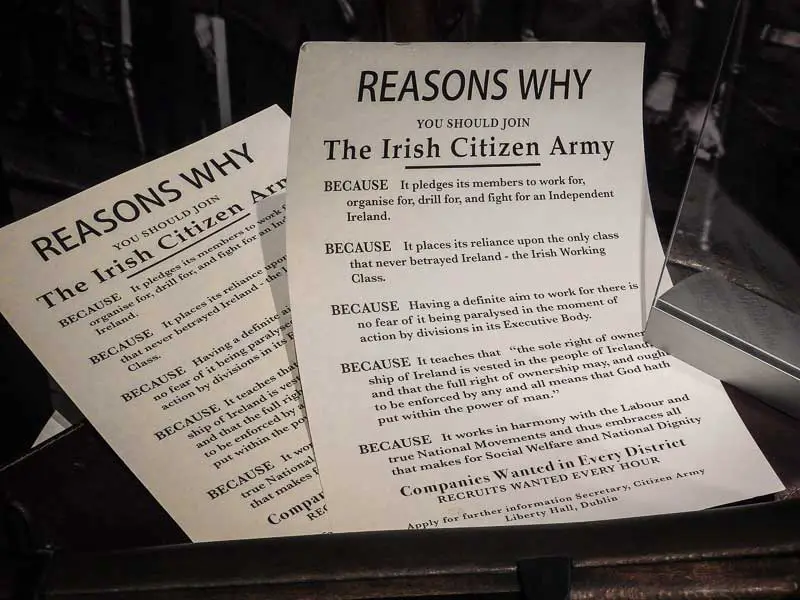
Richmond Barracks, the Lost Chapter of the Easter Rising
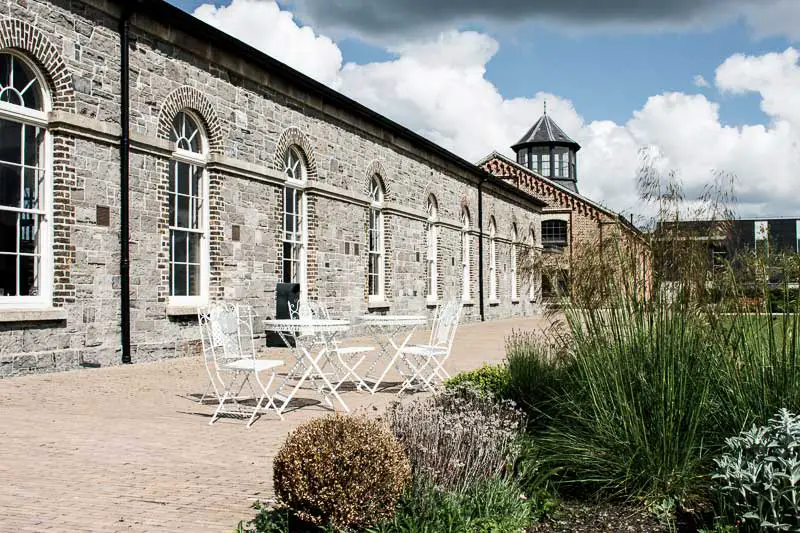
Richmond Barracks were a former British army barracks, mainly used as a training centre before new recruits were dispatched all around the world to fight for the British Empire. After a week of fighting in the streets of Dublin, the Rebellion surrendered on April 29th 1916. 3000 people were rounded up and marched to Richmond Barracks where their fate would be decided.
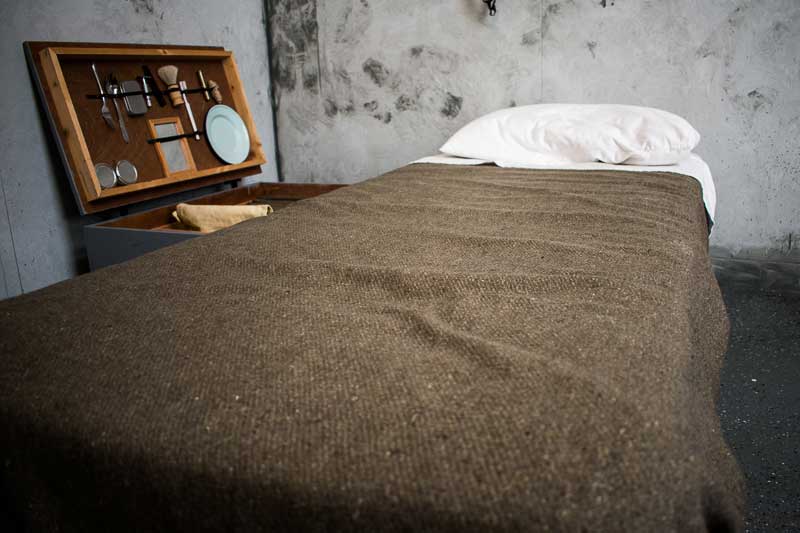
The barracks was long gone when I turned up at their former location, replaced by grass and housing estates. Only one building was left standing. Recently brought back to life, it housed the new Richmond Barracks’ museum.
Testimonials of a long wait filled with fear of the unknown, stories of young boys sent home with a slap in their faces, memories of interrogation by the police. The guided tour told the story of the 1916 Rebels, men and women, arrested after the failed uprising and detained in those barracks. Some would be released without charge, some would be sent to Wales to be incarcerated. The leaders would be jailed in Kilmainham Gaol to be executed.
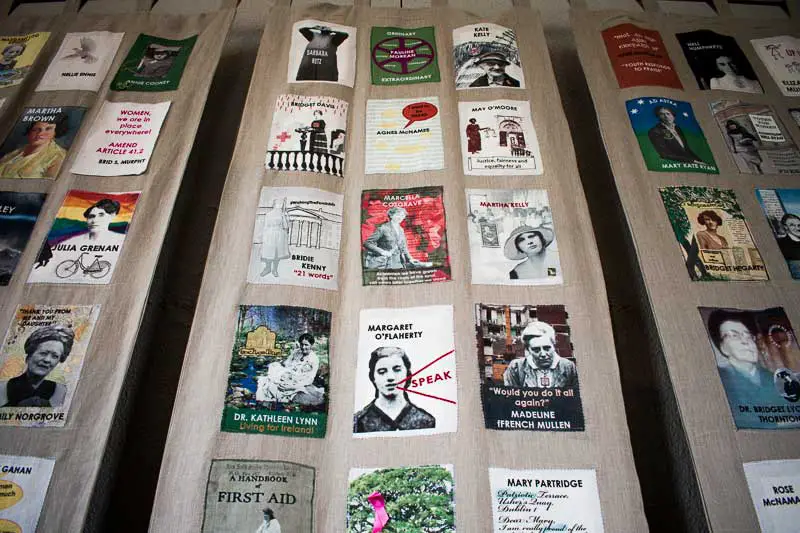
Kilmainham Gaol, the Final Act
Kilmainham Gaol or Kilmainham “Jail” was a dark, damp and freezing cold place where men, women and children alike were sentenced to hard labour for petty crimes they had committed. Opened in 1796, it was also a waiting room for convicts sentenced to transportation to Australia.
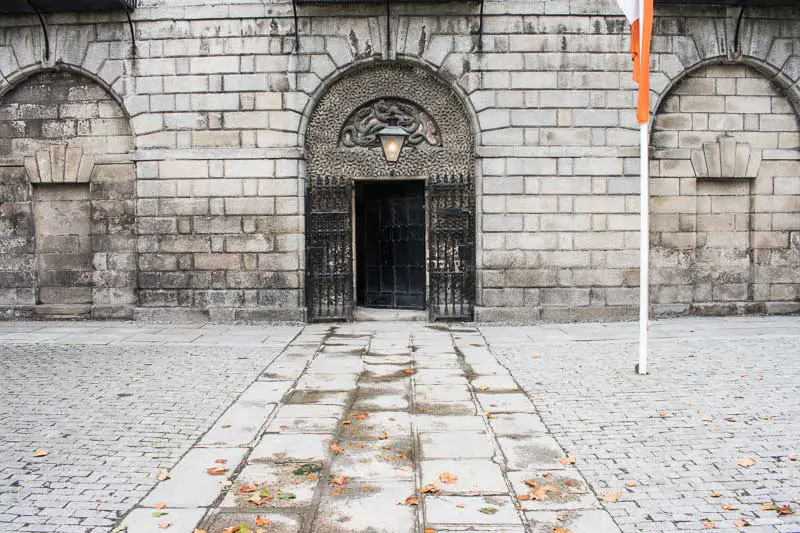
Living conditions were harsh. The cells were overcrowded, especially during the Great Hunger where one meal in prison was still better than living free on an empty stomach. Standards within the jail improved though with the construction of the impressive new East Wing, adding an extra 90 cells in 1861-1862.
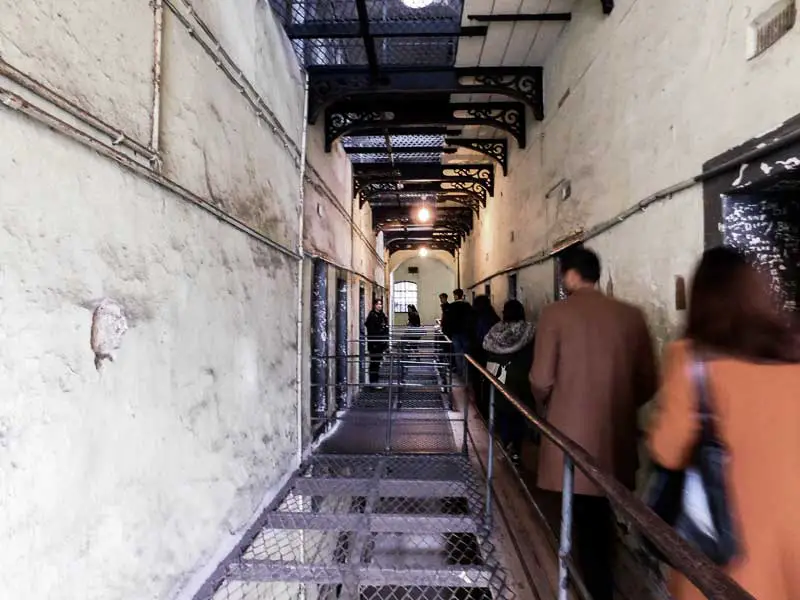
Decommissioned in 1924, Kilmainham Gaol had been preserved as both a museum and a memorial to the 1916 Easter Rising.
In small groups, the tour guide led the visitors to the claustrophobic cells of the leaders of the Easter Rising, the smell of dampness almost inescapable. We listened in silence as the guide recounted their final hours. We heard about the last goodbye, learned about heartbreaking letters sent to families.
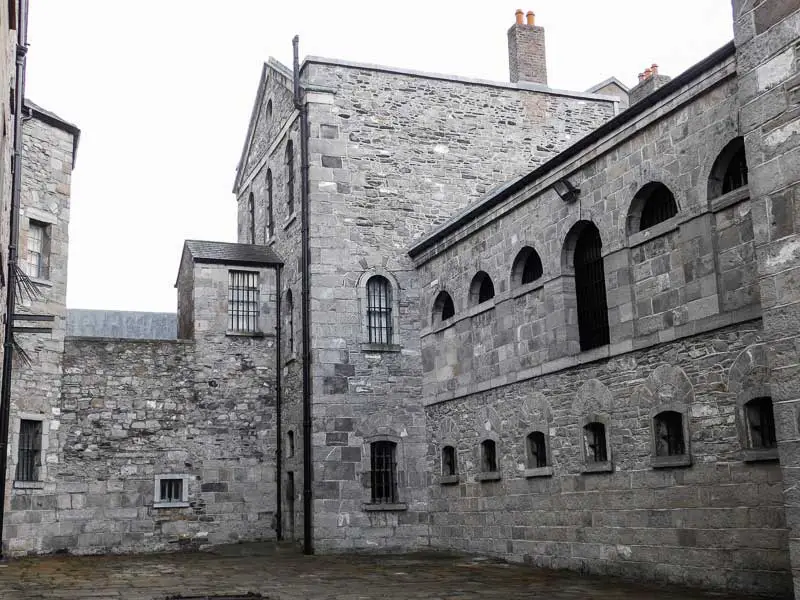
Away from the public eye, in May 1916 fourteen men lost their lives by firing squad behind the grim walls of the prison’s Stone Breaker’s Yard. Patrick Pearse took the first bullet. James Connolly, wounded in battle, had to be tied to a chair. He was the last to die. Their bodies were buried in the Harbour Hill prison cemetery.
Far from getting the expected outcome, the harsh treatment inflicted to those men by the British government and their deaths would act as a catalyst that would lead to the Irish independence.
Glasnevin Cemetery, The Rebels’ Resting Place
Hopping from tomb to tomb, I couldn’t stop apologising in my thoughts to any dead people whose gravestones I might have stepped on inadvertently. Distracted for a moment by the light piercing through the trees, I finally caught up with Bridget the tour guide, hoping I hadn’t missed any interesting bit of information.
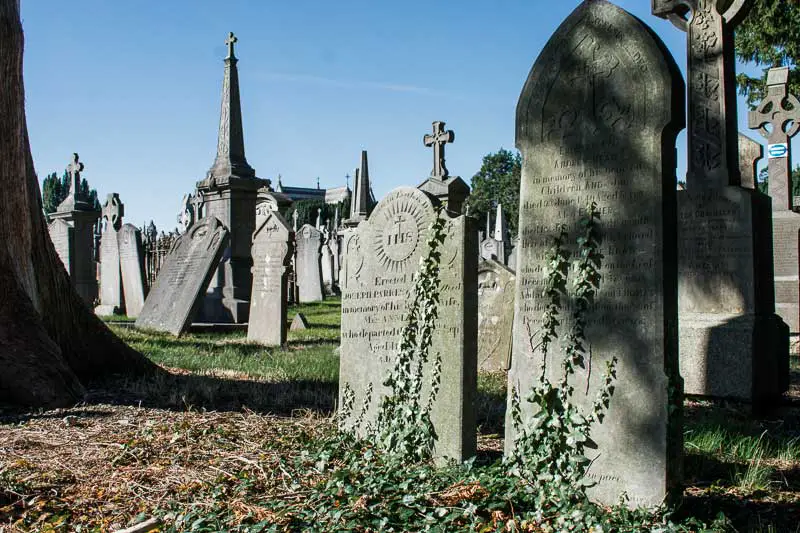
I had booked the History Tour in Glasnevin Cemetery, a tour dedicated to famous figures, some involved in the 1916 Rising, who were buried in Glasnevin. Opened in 1832 at the initiative of Daniel O’Connell, a leading figure in the Irish fight for Catholic emancipation, this non-denominational cemetery allowed Catholics, and anyone else, to bury their dead with dignity.
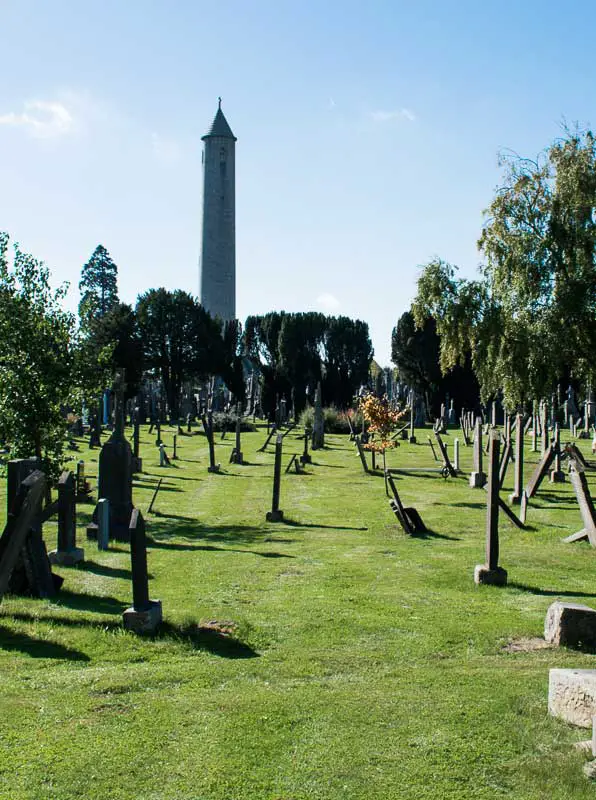
So here I was, trying to follow Bridget’s energetic pace while she recounted the stories of those involved in the Easter Rising and resting now in Glasnevin. From the grave of Sean Connolly, the first rebel to die during the 1916 Rising, to the gravestone of Constance Markievicz who swapped her silk gown for the green uniform and a gun, Bridget dispensed anecdotes with generous details.
As the tour reached the Republican plot, we listened to the re-enactment of Patrick Pearse’s oration at the graveside of Jeremiah O’Donovan Rossa, a leading nationalist who passed away in 1915. Other important figures who took part in the Easter Rising lied in this part of the cemetery: Éamon DeValera, Harry Boland and many more.
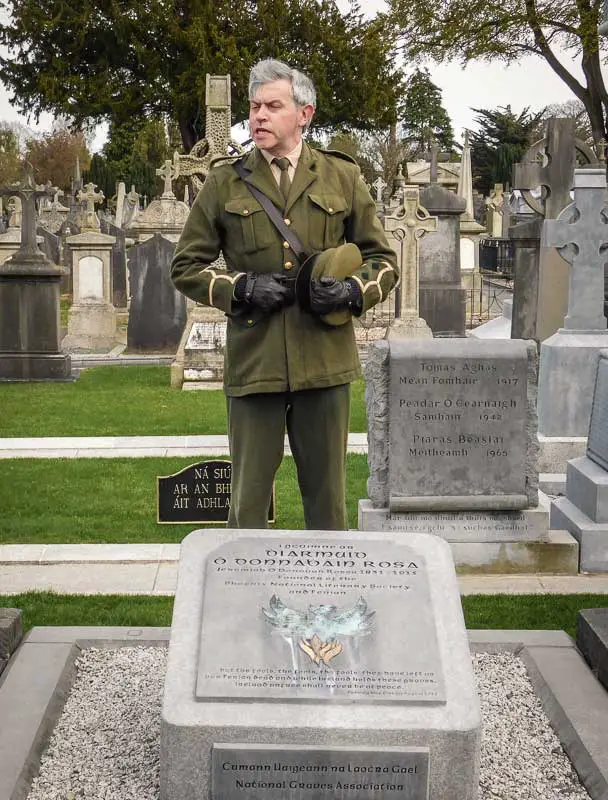
A very special place was kept for Michael Collins in the cemetery. Avoiding the firing squad, he was incarcerated in Wales. Celebrated as a national hero who led the post-Rising independence movement, his tombstone lay beside the very modern museum for everyone to see and pay their respects. His fiancée Kitty Kiernan was buried not far from there.
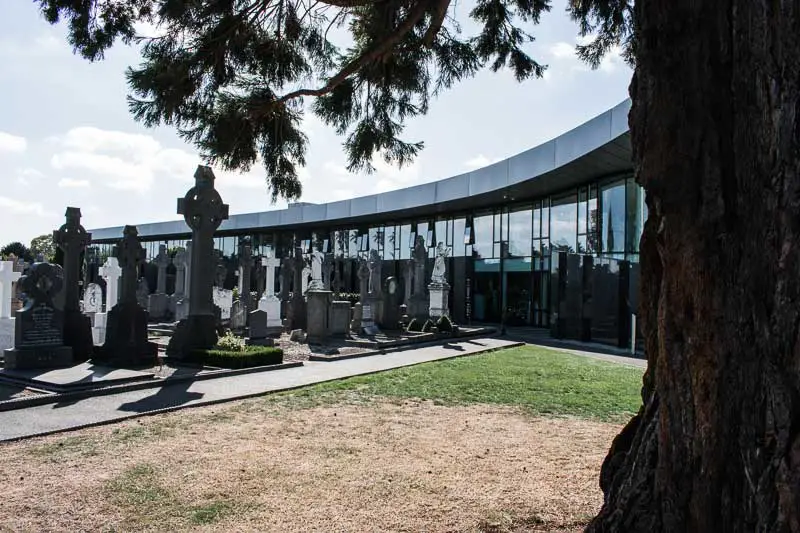
The 1916 Easter Rising was without a doubt a defining moment in modern Irish history. Important events unfolded in Dublin, and Easter Rising museums are now providing visitors with the tools to better understand what happened and who the men and women involved in this tragedy were.
These museums are real must-sees for anyone with a deep interest in Irish history. If you are keen on learning more about the history of Dublin, I would recommend reading about the extraordinary influence of the Guinness family in shaping the Irish capital.
Disclaimer: This post may contain affiliate links. If you click on a link, I earn a little money at no extra cost to you.
RELATED POSTS

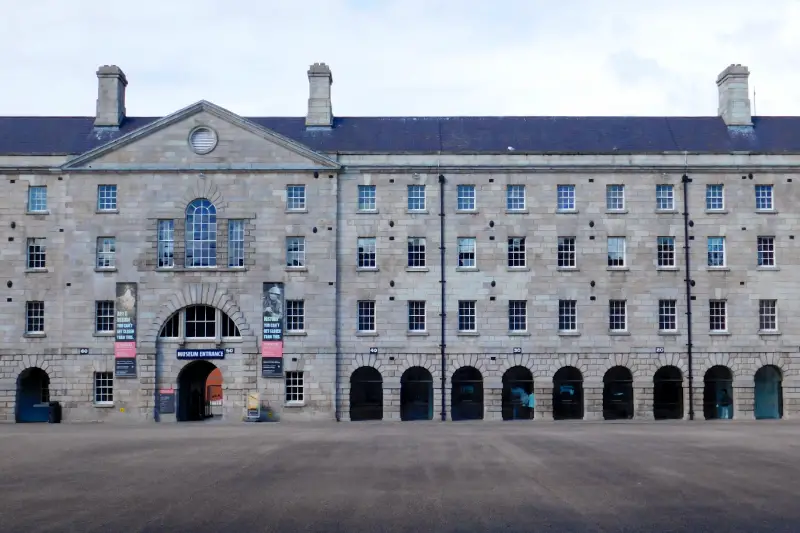
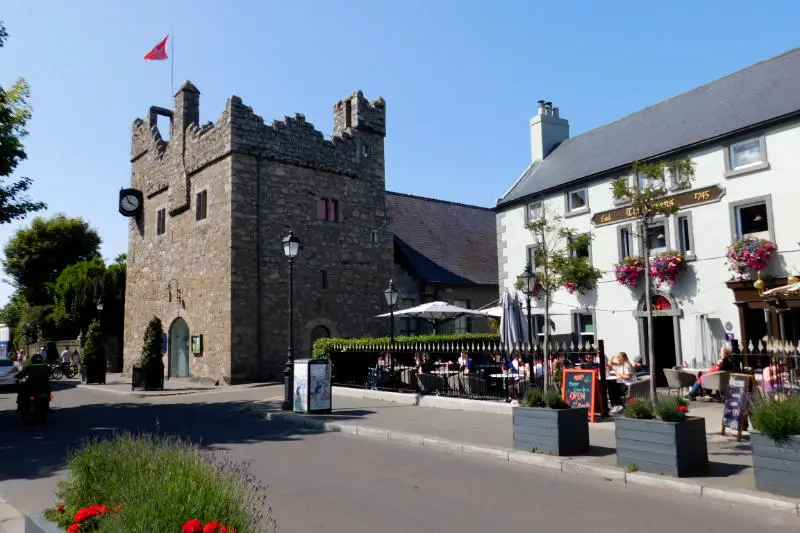
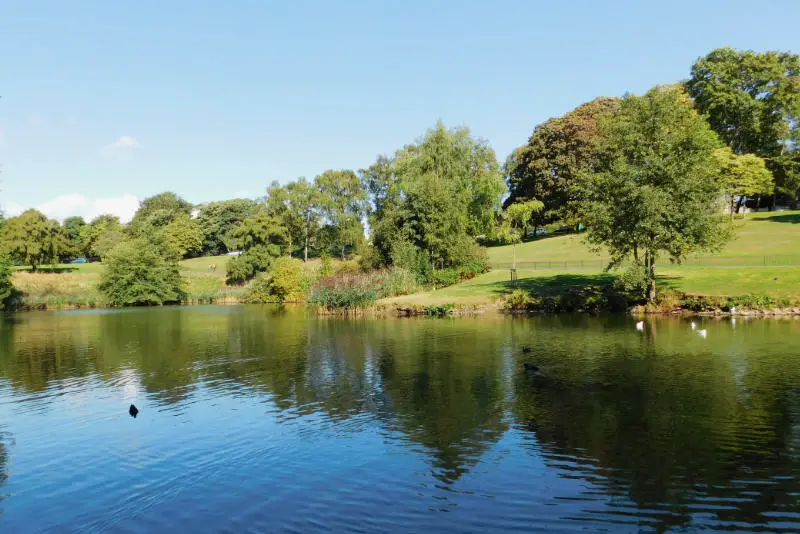
Leave a Reply